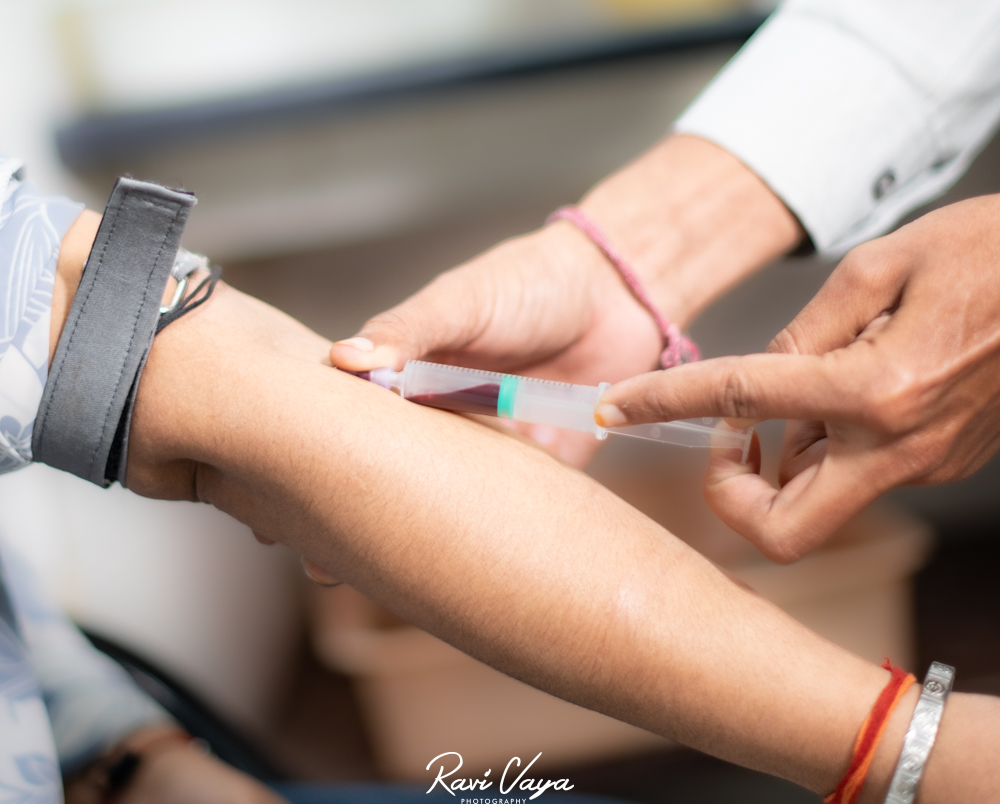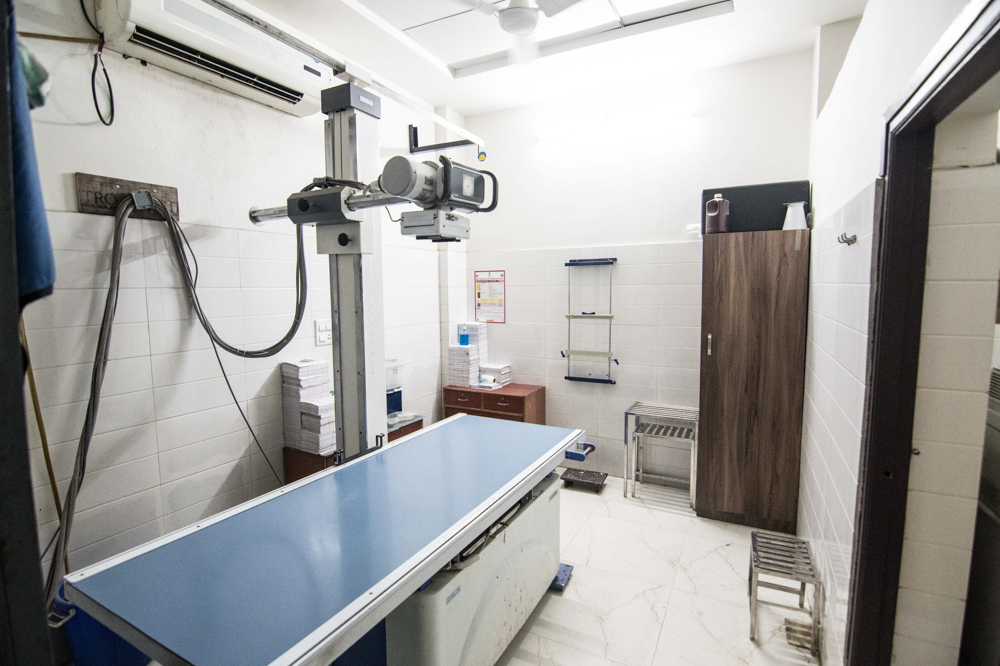Maintaining healthy blood sugar levels is crucial for overall well-being. Many people are unaware of how fluctuating blood sugar levels can lead to serious health issues. Whether you are at risk of diabetes or just looking to understand how blood sugar impacts your body, this guide will help you identify dangerous levels and take preventive measures.
If left unchecked, high or low blood sugar can result in severe complications. This post will break down what is considered a dangerous blood sugar level, warning signs, and the importance of early diagnosis. For accurate testing, visiting a Diagnostic Centre in Kota like Dr. Vaya’s Lab can provide precise results and guidance.
For individuals looking to assess their blood sugar levels accurately, professional medical testing is highly recommended. Regular blood tests can help detect abnormalities before they lead to serious health issues. Visiting a trusted Diagnostic Centre in Kota, such as Dr. Vaya’s Lab, ensures that you receive precise and reliable results, along with expert guidance on how to maintain optimal blood sugar levels.
Understanding Blood Sugar Levels
Blood sugar levels fluctuate throughout the day based on food intake, activity levels, and overall health. Knowing the normal range and when it becomes dangerous is essential.
Normal vs. Dangerous Blood Sugar Levels
| Blood Sugar Level | Condition |
| 70-99 mg/dL | Normal (Fasting) |
| 100-125 mg/dL | Prediabetes (Fasting) |
| 126 mg/dL or higher | Diabetes (Fasting) |
| Below 70 mg/dL | Hypoglycemia (Low Blood Sugar) |
| Above 180 mg/dL | Hyperglycemia (High Blood Sugar) |
Symptoms of High and Low Blood Sugar
Signs of High Blood Sugar (Hyperglycemia)
- Frequent urination
- Increased thirst
- Blurred vision
- Fatigue
- Slow healing of wounds
Signs of Low Blood Sugar (Hypoglycemia)
- Dizziness or confusion
- Shakiness
- Sweating
- Rapid heartbeat
- Loss of consciousness (in severe cases)
Risks of Untreated Blood Sugar Imbalance
Ignoring blood sugar fluctuations can lead to long-term health problems such as:
- Diabetic Ketoacidosis (DKA): A life-threatening condition caused by extremely high blood sugar levels.
- Nerve Damage (Neuropathy): Persistent high sugar levels can damage nerves, leading to pain and numbness.
- Organ Damage: Uncontrolled diabetes increases the risk of kidney failure, heart disease, and vision problems.
- Seizures or Coma: Severe hypoglycemia can result in unconsciousness or seizures if not treated promptly.
How to Diagnose Dangerous Blood Sugar Levels
Early diagnosis is key to managing and preventing complications. The best way to monitor your blood sugar is through regular testing at a Best Diagnostic Centre in Kota, such as Dr. Vaya’s Lab. Here are common tests used:
- Fasting Blood Sugar Test: Measures glucose levels after fasting for 8-12 hours.
- HbA1c Test: Provides an average of blood sugar levels over the past 2-3 months.
- Oral Glucose Tolerance Test (OGTT): Evaluates the body’s ability to process glucose after drinking a sugary solution.
- Random Blood Sugar Test: Checks sugar levels at any time of the day.
Preventive Measures and Lifestyle Changes
To maintain healthy blood sugar levels, consider these actionable steps:
1. Healthy Diet
- Choose complex carbohydrates over refined sugars.
- Eat fiber-rich foods such as whole grains, vegetables, and legumes.
- Limit sugary drinks and processed foods.
2. Regular Exercise
- Engage in at least 30 minutes of physical activity most days of the week.
- Incorporate strength training and cardio exercises to improve insulin sensitivity.
3. Medication and Insulin Management
- Follow your doctor’s prescription for diabetes medications or insulin therapy.
- Regularly check your blood sugar levels as advised by healthcare professionals.
4. Routine Health Checkups
- Visit a Best Pathology Lab in Kota like Dr. Vaya’s Lab for accurate blood sugar tests and health screenings.
- Keep track of your results and adjust your lifestyle accordingly.
FAQs
1. What blood sugar level requires emergency medical attention?
If your blood sugar is above 300 mg/dL or below 50 mg/dL, seek immediate medical help.
2. Can stress impact blood sugar levels?
Yes, stress releases hormones that can cause blood sugar to rise.
3. How often should I check my blood sugar?
Diabetics should check daily, while non-diabetics should test periodically based on doctor recommendations.
Conclusion
Understanding what level of blood sugar is dangerous can help you take timely action and prevent severe complications. Regular checkups at a Diagnostic Centre in Kota, such as Dr. Vaya’s Lab, ensure early diagnosis and proper management. If you experience symptoms of blood sugar imbalance, don’t wait—get tested today!
Take charge of your health! Book your blood sugar test now at Dr. Vaya’s Lab for accurate and reliable results.




